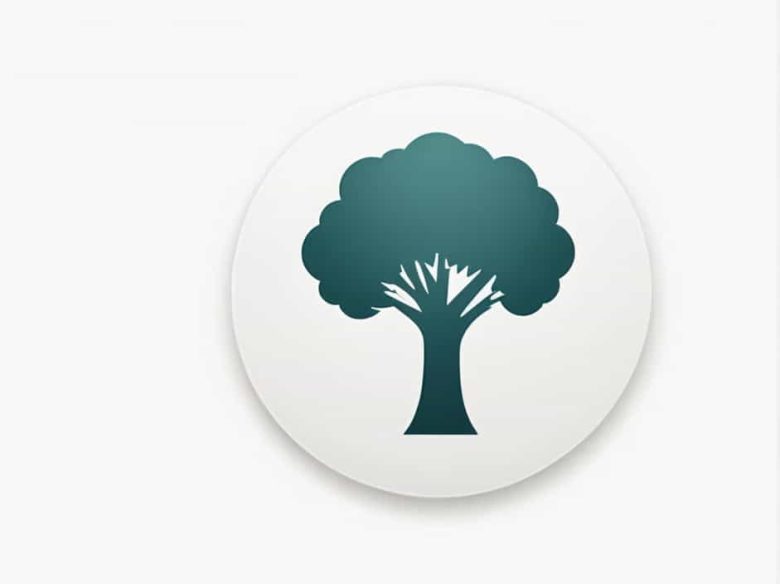Trees are living organisms that play a crucial role in the environment. Their bark branches leaves and roots work together to sustain life. But what happens when a tree is jabbed with a knife? Whether intentional or accidental cutting into a tree can have significant effects on its health and overall well-being.
In this topic we will explore how trees react to wounds how they heal and whether a deep cut can harm or even kill a tree.
How Does a Tree Respond to Injury?
When a tree is cut or jabbed with a knife it reacts in several ways to protect itself. Unlike animals trees do not have an immune system in the same way but they have defense mechanisms to prevent infections and decay.
1. The Role of the Bark
The bark of a tree serves as its first line of defense against physical damage pests and diseases. It acts like skin shielding the inner layers from exposure. When a tree is jabbed with a knife:
- The outer bark is broken exposing the phloem (which transports nutrients).
- If the cut is deep it may reach the cambium layer which is responsible for growth.
- Any damage can disrupt the tree’s nutrient flow and open the door to infections.
2. Production of Protective Compounds
Trees produce resin latex or sap as a defense mechanism. This sticky substance helps:
- Seal the wound.
- Trap and kill bacteria or fungi.
- Prevent further dehydration or infection.
For example pine trees produce large amounts of resin to seal cuts quickly.
3. Compartmentalization: The Tree’s Healing Process
Unlike animals trees do not regenerate damaged tissue. Instead they compartmentalize the wound. This means the tree:
- Forms a barrier around the injury to stop decay from spreading.
- Grows new layers of wood and bark over time to seal the wound.
- Uses chemical defenses to resist infections.
However if the damage is severe the tree might struggle to heal completely.
Factors That Determine the Severity of Damage
Not all cuts affect trees in the same way. The impact depends on:
1. Depth of the Cut
- A shallow cut only affects the outer bark and may heal quickly.
- A deep cut that reaches the cambium can disrupt growth.
- If the xylem (which transports water) is damaged the tree may struggle to get water to its leaves.
2. Size of the Wound
- A small puncture will heal faster than a large cut.
- A wide or deep wound increases the risk of infections.
3. Tree Species
- Some trees like oaks and pines heal well and produce protective compounds.
- Others like willows are more vulnerable to infections.
4. Environmental Conditions
- Trees in healthy soil with plenty of water and nutrients can recover faster.
- Trees in dry polluted or nutrient-poor areas may struggle to heal.
What Are the Long-Term Effects of Cutting a Tree?
If a tree is jabbed with a knife the long-term effects depend on how well it recovers.
1. Increased Risk of Infection
A cut in the bark exposes the inner layers to fungi bacteria and insects. This can lead to:
- Rot and decay in the wood.
- Insect infestations such as beetles burrowing into the wound.
2. Reduced Growth and Weakness
If the cut damages the cambium layer the tree may grow more slowly or develop weak spots. This can:
- Make branches more likely to break.
- Reduce fruit or flower production in some species.
3. Death in Severe Cases
If a deep cut girdles the tree (goes all the way around the trunk) it can block the flow of nutrients and kill the tree. Girdling prevents the movement of:
- Water from the roots to the leaves (via the xylem).
- Nutrients from the leaves to the roots (via the phloem).
This can cause the tree to wilt lose leaves and eventually die.
Can a Tree Heal from a Cut?
Yes trees can heal from small cuts if they are healthy and growing in good conditions. The healing process includes:
- Sealing off the wound to prevent decay.
- Growing new bark and wood over the damaged area.
- Using stored energy to continue normal functions.
However if a tree is repeatedly wounded it may become weak and die over time.
How to Help a Tree Recover from a Cut
If a tree has been jabbed or cut there are steps to help it heal:
1. Clean the Wound
- Remove any loose bark around the cut.
- Do not use tree wound sealants as they can trap moisture and promote rot.
2. Keep the Tree Healthy
- Water the tree regularly if the soil is dry.
- Add mulch around the base to retain moisture.
- Avoid further damage to the bark.
3. Monitor for Infections
- Check for signs of fungus insects or rot.
- If necessary apply natural fungicides or insect repellents.
Jabbing a tree with a knife may seem harmless but it can have serious consequences. The damage depends on the depth of the cut the tree species and environmental factors. While trees have natural defense mechanisms repeated or severe injuries can lead to infections decay and even death.
Taking care of trees and preventing unnecessary damage ensures that they continue to provide oxygen shade and beauty for years to come.



